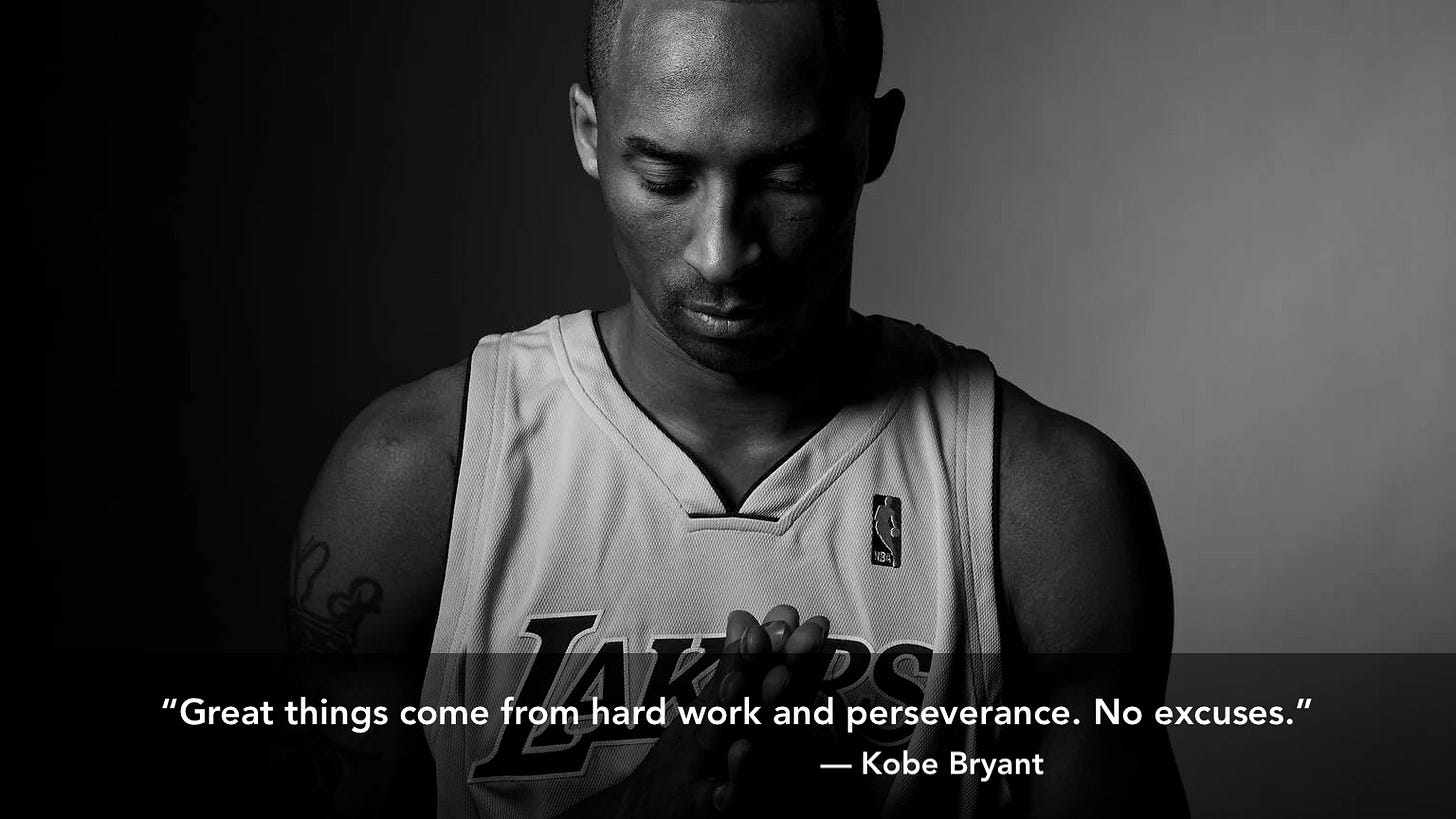Resilience by Design: Run Toward Hard Things
Resilience is built, not declared. It separates those who adapt from those who fade.
In every company building or transformation, the obvious moves and easy answers eventually run out. What separates success from failure is believing a better path exists and pushing until you find it. That is when organizational resilience shows up.
But here’s the truth: there is a big difference between an organization that is resilient and one that is stubborn. That difference often marks the line between progress and collapse.
At first glance, resilience and stubbornness look similar. Look closer and the contrast is sharp.
Resilient organizations adapt. They surface truth early, treat bad news as data, and act fast to correct course. They reward people who raise problems and move quickly to fix them. Stubborn organizations punish dissent, delay decisions, and defend the past instead of inventing the future. They hide behind vague phrases like “let’s revisit this later”, “we’ll figure it out later” or “we’re not ready to decide,” only for the real conversations to happen in silos after the meeting ends.
Every company faces these tests. Whether you are trying to win customers, find product-market fit, build a new culture, or scale your business systems, resilience makes the difference.
Resilience Isn't Optional in a Transformation
Resilience is the foundation that enables a company to navigate the chaos and complexity of transformation. It is not a nice-to-have trait. It is a core capability embedded in a company’s DNA. It separates those that move forward from those that stall when markets shift, technology changes, or competition intensifies.
I saw this firsthand early in my career at Apple. In the push to build an early laptop, our teams obsessed over maximizing processing power and speed. But more power meant bigger batteries, heavier weight, and shorter battery life. We lost sight of our target customers and what business travelers actually needed. The path to product-market fit was anything but straight. More than a dozen frustrating iterations failed before we finally got it right. The breakthrough came when we confronted feedback quickly, stayed open to new approaches, and refocused on the real goal: designing the optimal laptop for the traveler. The winning product had less raw power but delivered what mattered most to customers: lighter weight and longer battery life. It went on to set sales records and win industry recognition because it solved the right problem. That experience shaped my view that resilience is not optional. Resilience, paired with constraints, can unlock powerful innovation.
You can spot resilience by how a company deals with truth. Mechanisms that make reality visible early, such as weekly metric reviews, postmortems without blame, and direct customer interviews, are hallmarks. In these cultures, people feel safe raising problems quickly, and leaders change course when new data shows a better path. That is not weakness. It is intellectual honesty.
How to Build Resilience into a Company's DNA
Building resilience requires intentional design, not wishful thinking. It begins with making reality checks routine.
Ask regularly: “What hard truth are we ignoring?” Build this into quarterly planning, monthly reviews, and project retrospectives. Create space for uncomfortable observations before reality forces itself on you.
Celebrate adaptation as well as execution. Most companies reward hitting original targets. Resilient ones also reward teams that pivot when assumptions prove wrong. Killing a bad project, changing course, or admitting flawed assumptions should be recognized as progress.
Institutionalize feedback loops that make upward and cross-functional input expected, not optional. Go beyond annual reviews. Create forums across silos to share what works and address dependencies directly. Encourage people to challenge decisions and suggest alternatives regardless of hierarchy.
Prepare for stress through deliberate practice. Run postmortems after failures, scenario planning for “what if” situations, and drills that test response. These build the muscle memory needed for real crises.
Leaders reinforce resilience by modeling consistency, welcoming bad news, and holding standards even under pressure.
The Payoff of a Resilient Culture in Transformation
Resilient organizations pivot faster when markets shift, build trust while cutting politics, and outlast competitors. As Ben Horowitz notes in The Hard Thing About Hard Things, there are no silver bullets, only lead bullets that require grinding through. Competitors chasing easy answers burn out. Resilient companies keep iterating until they break through.
This endurance becomes decisive during long transformations. The company that can maintain execution and clarity for 18 months of pivoting will outlast one that loses focus after six.
Airbnb faced this test in 2020 when COVID erased 80% of bookings almost overnight. CEO Brian Chesky moved fast with clarity: long-term stays, virtual experiences, new safety protocols. Within months bookings rebounded. By year’s end, Airbnb went public at a $47 billion valuation. That was resilience in action.
In the businesses I’ve led, the moments that defined progress were not when everything went to plan. They came when the plan broke and the team chose to adapt rather than defend. Each time, resilience turned a setback into a step forward.
Build Resilience Before You Need It
The key lesson: resilience cannot be built in the middle of a crisis. By then it is too late. It has to be woven into how a company operates when things are going well. Companies with resilience in their DNA adapt faster under pressure, hold high standards, and move with speed when conditions change.
Ask yourself: Are your mechanisms exposing the truth early? Are you rewarding teams for adapting as well as executing? Are you practicing under stress before the real test arrives?
Build those habits now. Because when disruption hits, resilience will be the difference between companies that define the future and those that are defined by it.
.



Wonderful insights! Resilience isn’t just organizational—it’s a defining competency for effective leadership.